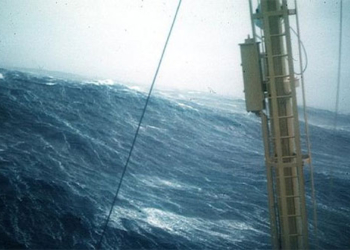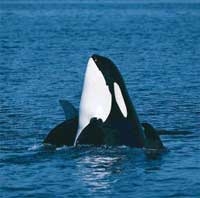The Antarctic is known as one of the coldest and most extreme climates on Earth. The ecosystem and the species found here often surprise scientists.
The Strangest Animals Discovered by Experts in Antarctica
1. Black Icefish
The Black Icefish (Chaenocephalus aceratus) is considered a bizarre species capable of surviving in the coldest marine environments on Earth. Indeed, this fish has several unique capabilities. According to research, the blood of the Black Icefish is white. This is because it is the only vertebrate species that lacks functional hemoglobin genes. This means that its body does not produce red blood cells to carry oxygen.
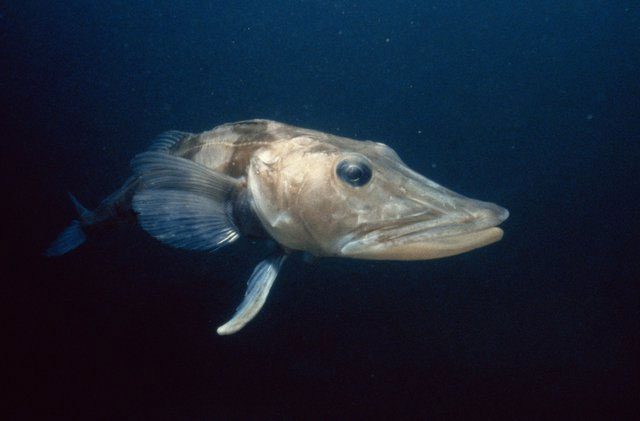
The Black Icefish in Antarctica has white blood. (Photo: Nature).
Additionally, the Black Icefish has an unusually large heart and extremely low mineral density in its bones. Scientists note that if humans exhibited these traits, they would suffer from health issues; however, these characteristics are essential for the Black Icefish’s survival in Antarctica. To endure the harsh conditions, the Black Icefish has developed the ability to produce proteins that act as a type of “antifreeze,” allowing it to survive in temperatures below the freezing point of seawater.
2. Antarctic Sea Spider
Sea spiders are found all over the Earth. In other regions, they are small, but in Antarctica, they are significantly larger. The Antarctic sea spider can reach sizes of nearly 25 cm. It has eight long legs and a notably large proboscis.
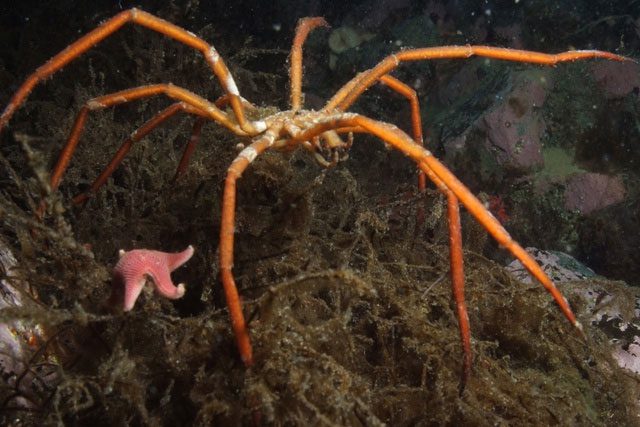
The Antarctic sea spider is much larger than those found elsewhere. (Photo: Nature).
In fact, they belong to the Pycnogonid class, a group of marine arthropods. Pycnogonid sea spiders can change color based on oxygen concentration, local pressure, and when fleeing from predators… Scientists are puzzled as to why Antarctic sea spiders are so large.
A research group from the United States proposed the hypothesis that the higher dissolved oxygen concentration in the cold Antarctic waters contributes to their size. Specifically, the high oxygen density combined with a slow metabolic rate due to cold temperatures has led to these animals growing so large. They subsequently collected sea spiders from the Antarctic seafloor, where temperatures ranged from -1.5 to -1.8 ºC. They tested the spiders at various temperatures with different levels of dissolved oxygen, and the results completely matched their hypothesis.
3. Red Sea Cucumber (Enypniastes eximia)
Researchers from Australia were astonished when they accidentally discovered this strange organism in Antarctica using a special camera. This blood-red sea cucumber, scientifically named Enypniastes eximia, can also glow in the dark. Moreover, its body shape resembles the wings of a chicken.

The Red Sea Cucumber (Enypniastes eximia) resembles a feathered creature. (Photo: Nature).
The Red Sea Cucumber (Enypniastes eximia) has a very unique way of moving. It typically crawls along the seafloor or lets its body drift in the water while foraging. The structure of its fins is specifically designed to navigate through currents and avoid predators.
4. Polychaete Worm
Most surprisingly, scientists discovered this polychaete worm while exploring waters 1,000 meters beneath the ice in Antarctica. This discovery immediately attracted the attention of the scientific community, as polychaete worms are found in many of the Earth’s oceans. They can live at various depths, from being plankton near the surface to residing at the bottom of the Challenger Deep.
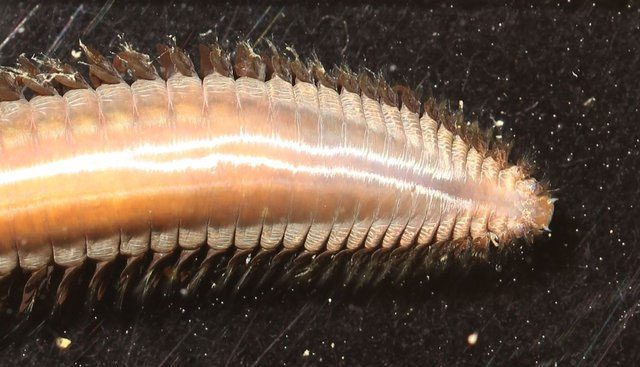
Polychaete worms surprised scientists when found at a depth of 1,000 meters beneath the ice in Antarctica. (Photo: Nature).
Polychaete worms, also known as bristle worms, belong to the class Polychaeta. This is one of the most diverse groups of invertebrates on the ocean floor, with over 10,000 species described. The Antarctic polychaete worms are characterized by numerous bristles running along both sides of their bodies. Notably, these worms are related to earthworms found on land.
5. Antarctic Springtail
In 2020, a research team from the United States rediscovered a marine organism resembling an insect known as the Antarctic springtail in the West Antarctic ice sheet. This species was first discovered in the 1960s but then disappeared for several decades. According to National Geographic, although it is only 1-2 mm long, the springtail is the largest terrestrial animal in Antarctica (penguins or seals are not considered terrestrial animals as they burrow beneath rocks along the Antarctic coast).
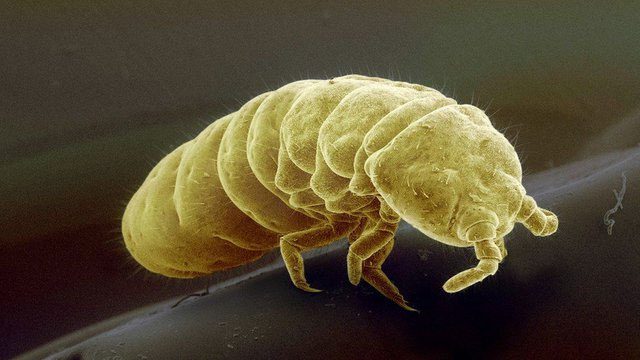
Despite its small size, the Antarctic springtail has remarkable survival abilities. (Photo: Nature).
The Antarctic springtail is one of the oldest and most populous classes of arthropods on Earth. They can thrive in large numbers due to their strong adaptability. Specifically, they can freeze solid and regularly thaw their bodies. The Antarctic springtail secretes glycerol to keep its body warm while minimizing metabolic activity to conserve energy. If the weather becomes too harsh, the Antarctic springtail can enter a state of dormancy to survive.








































